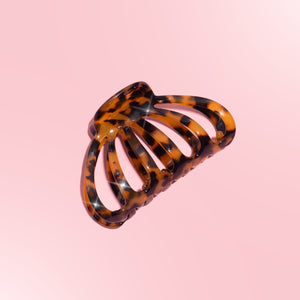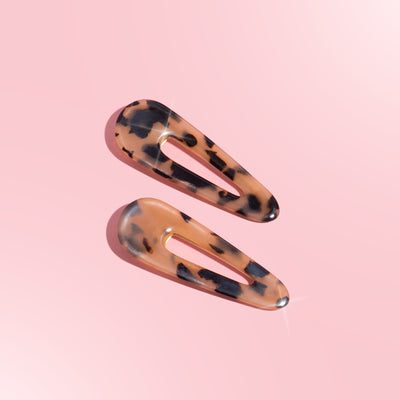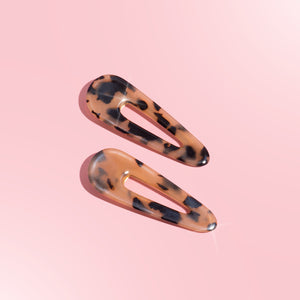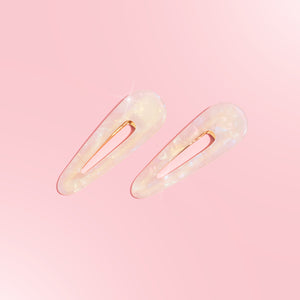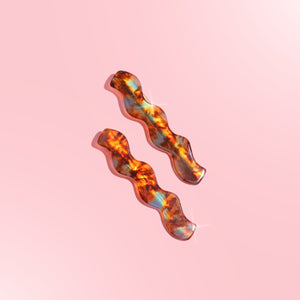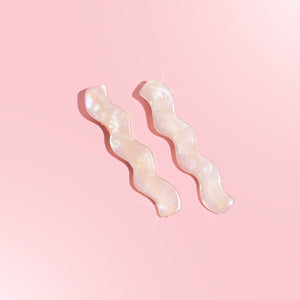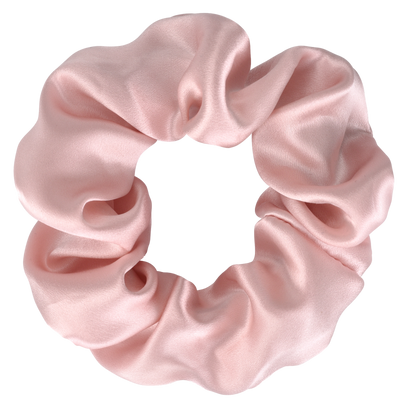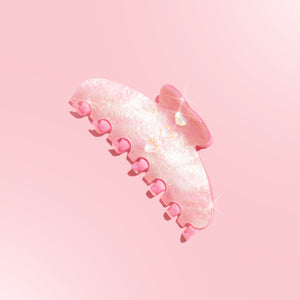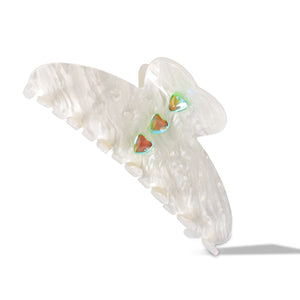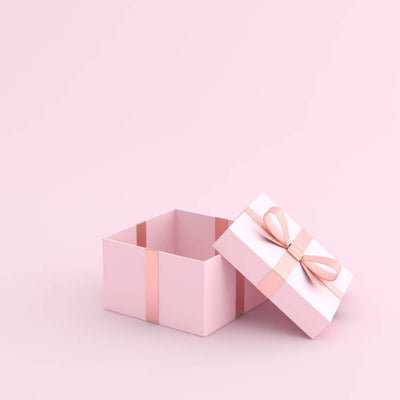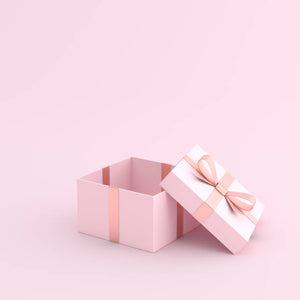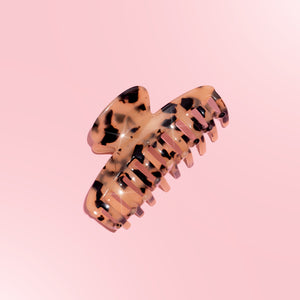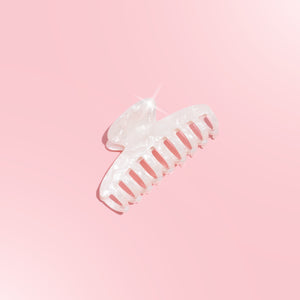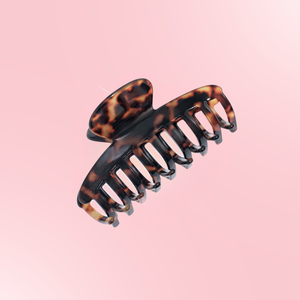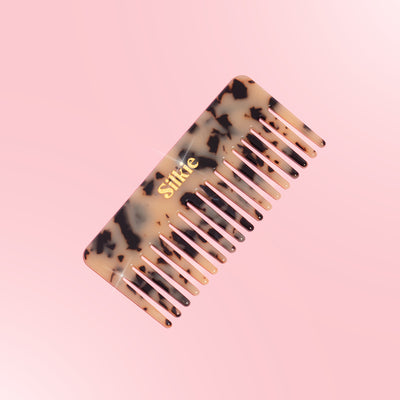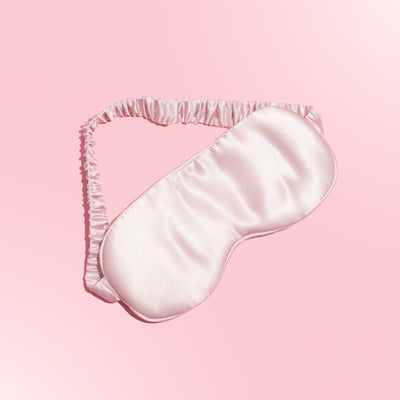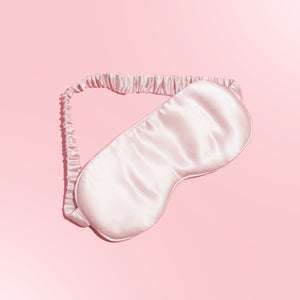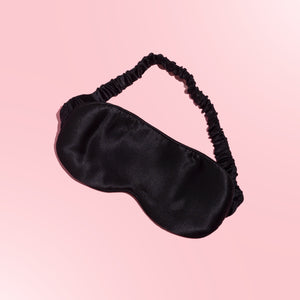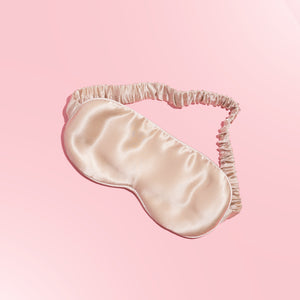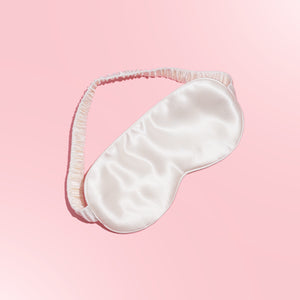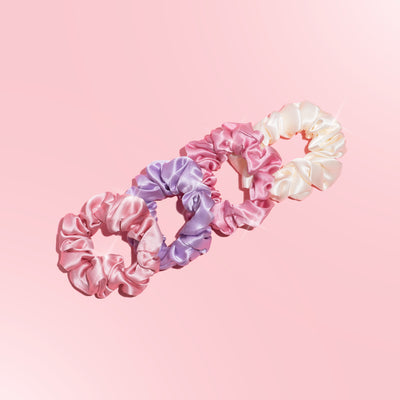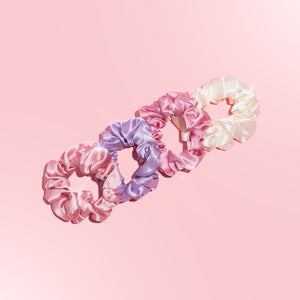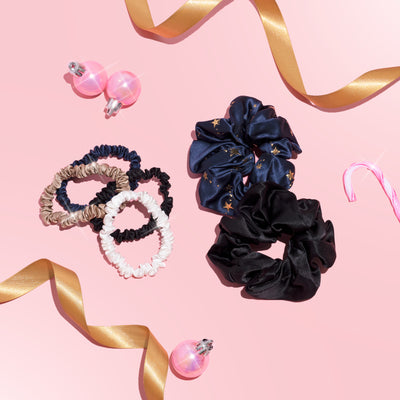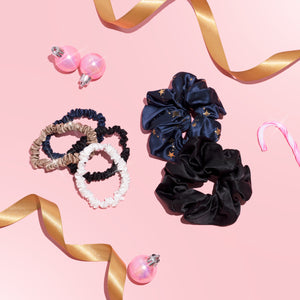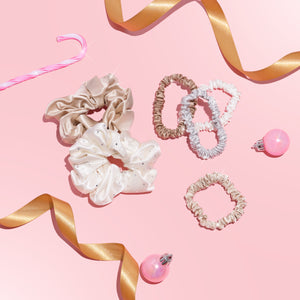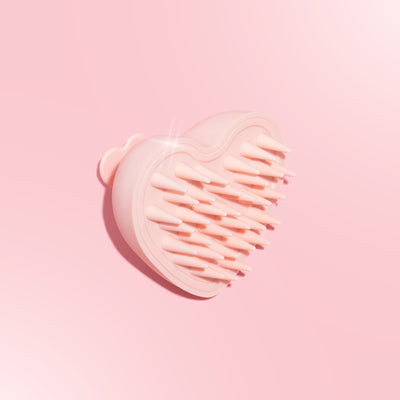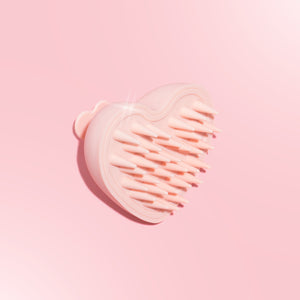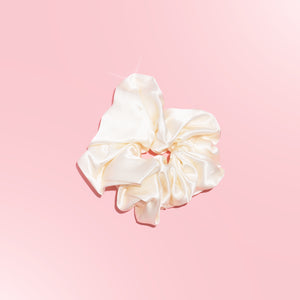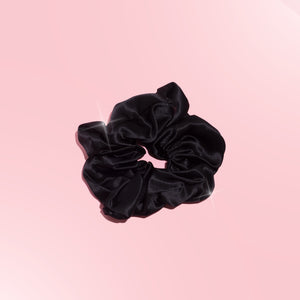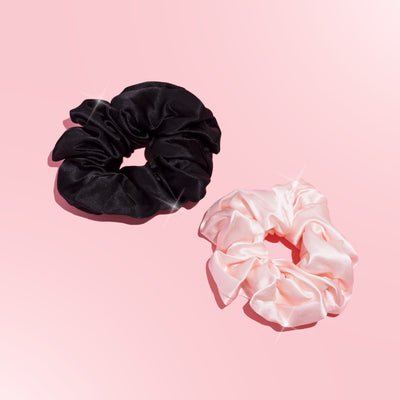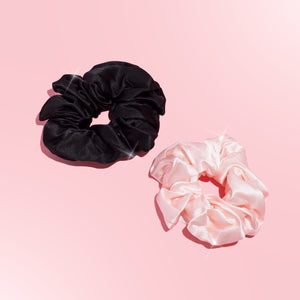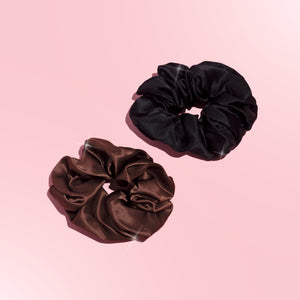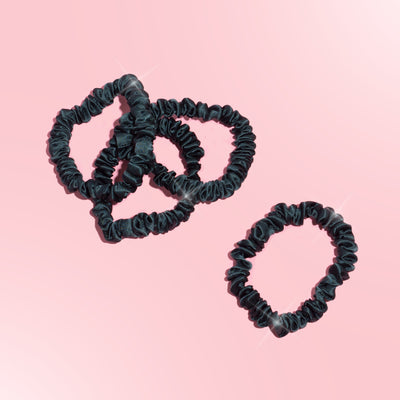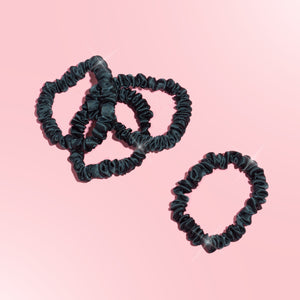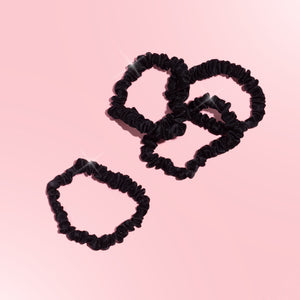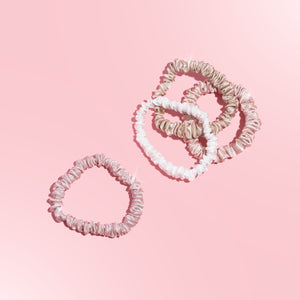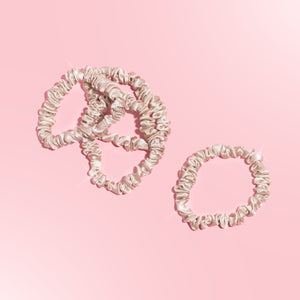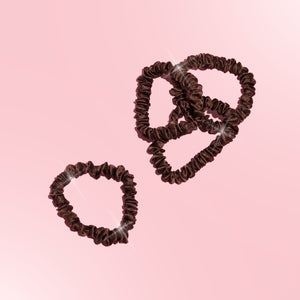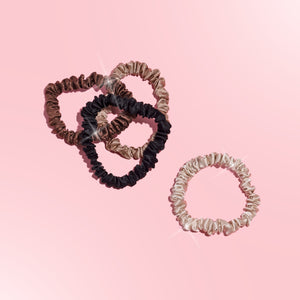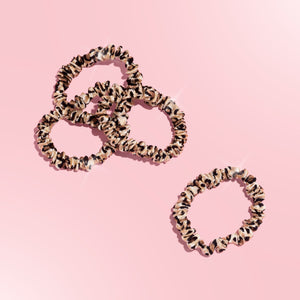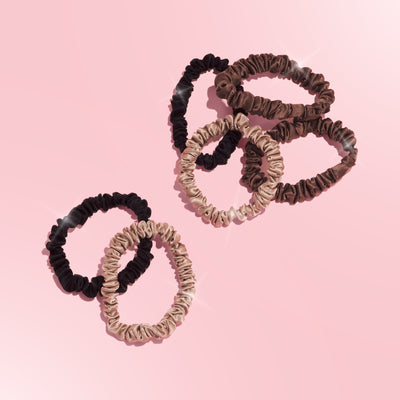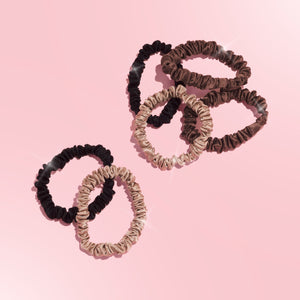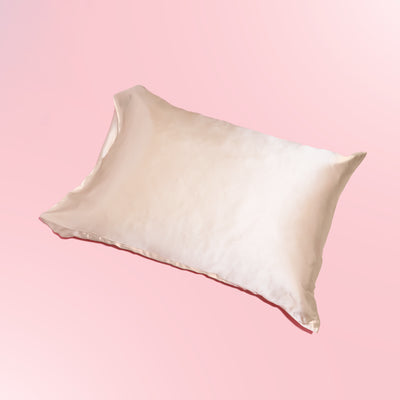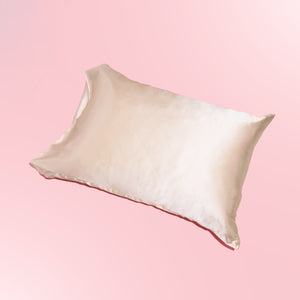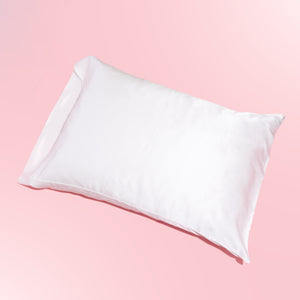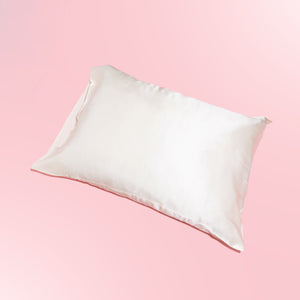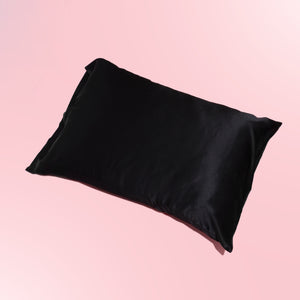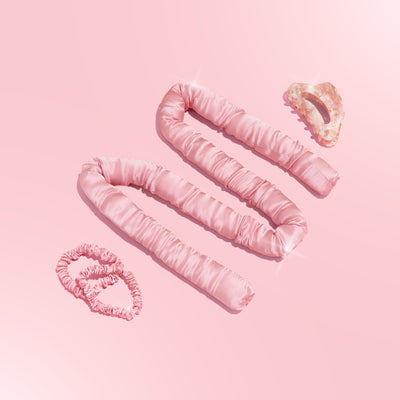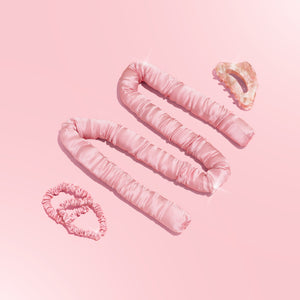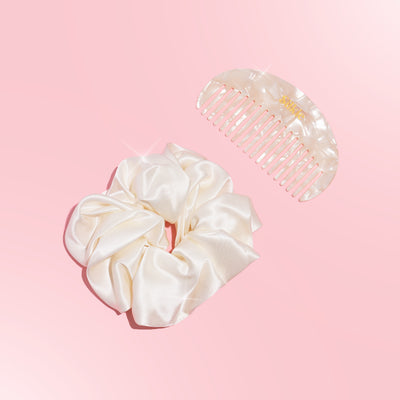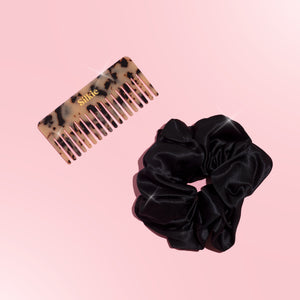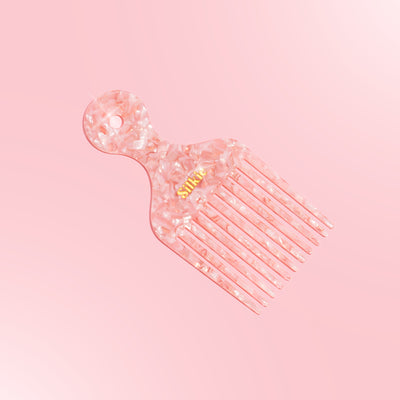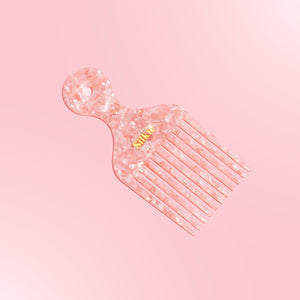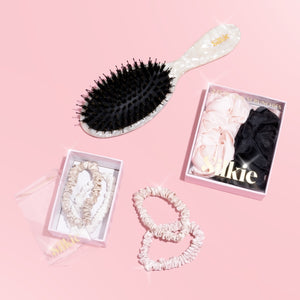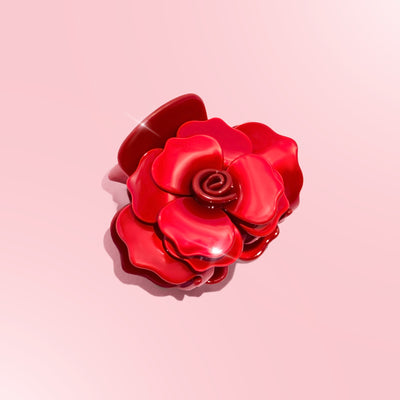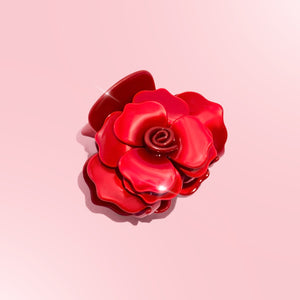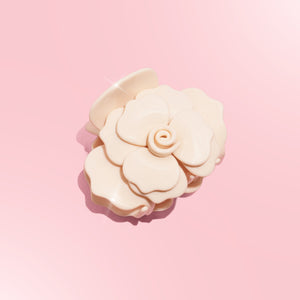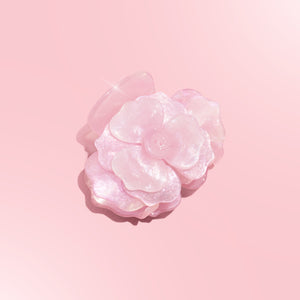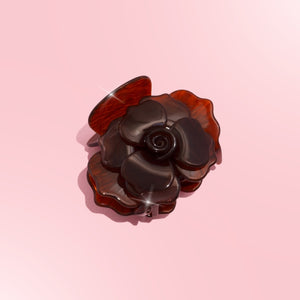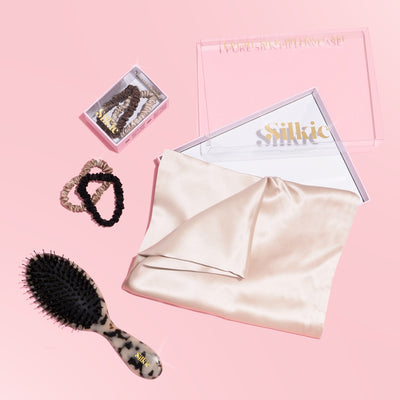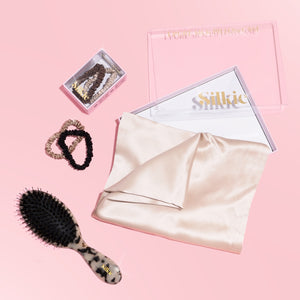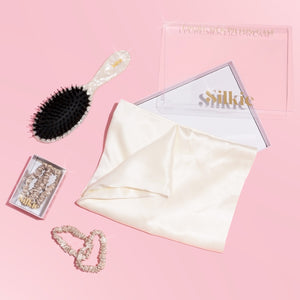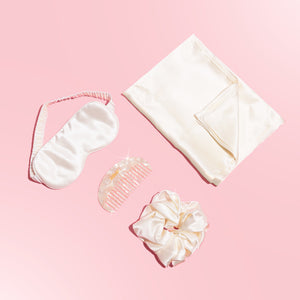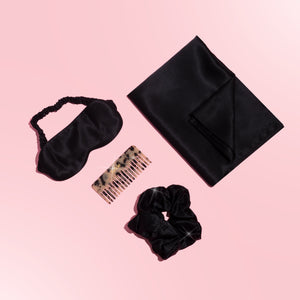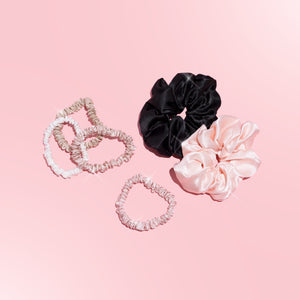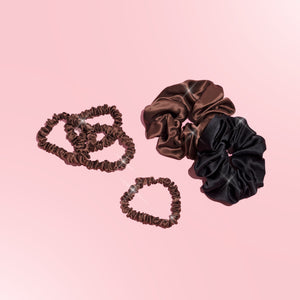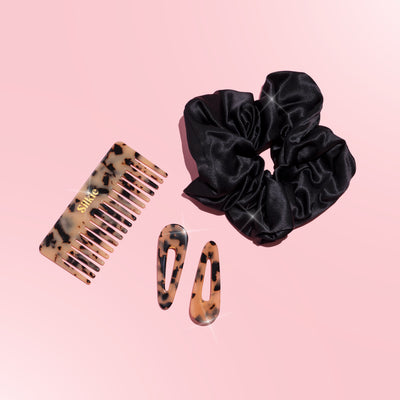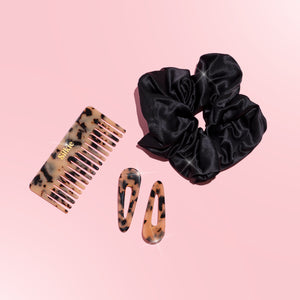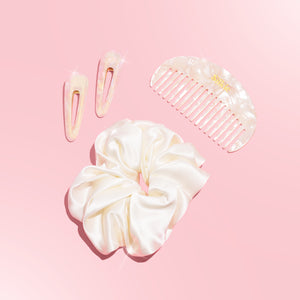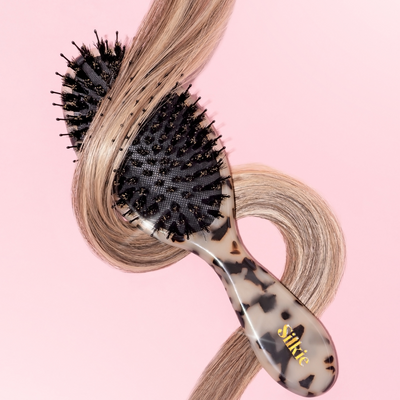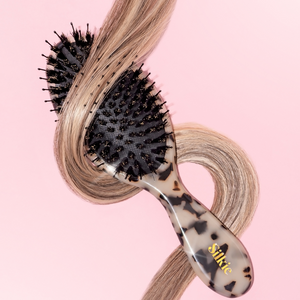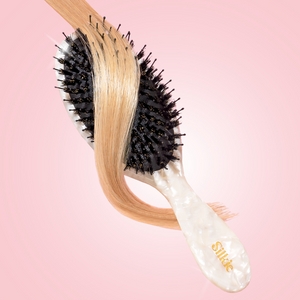Comparing Silk to Satin Pillowcases: Which Is Best for Hair?
When it comes to protecting your hair while you sleep, two words get tossed around a lot—silk and satin. They’re often used interchangeably, especially in the world of beauty and haircare, but here’s the truth: they’re not the same. And when it comes to your strands, the difference really matters.
So, which one should you be resting your head on if you want smoother, healthier, frizz-free hair? Let’s break it all down.
What’s the Difference Between Silk and Satin?
Before we get into which is better for your hair, we need to understand what makes silk and satin different.
Silk is a natural protein fiber produced by silkworms. It’s been used for centuries for its softness, durability, and skin-loving properties. Silk is breathable, temperature-regulating, and completely biodegradable. It's a luxury, yes—but it’s also science-backed.
Satin, on the other hand, is a weave, not a fiber. That means satin can be made from a variety of materials like polyester, nylon, or acetate. While it mimics the glossy finish of silk, it’s often synthetic—and that matters for your hair and skin.
How Do Silk and Satin Affect Hair?
Let’s get into the juicy part: how your pillowcase choice impacts your hair overnight.
Friction is the enemy. When your hair rubs against rough fabrics (like cotton), it can cause breakage, tangles, frizz, and even split ends. Both silk and satin reduce friction, but not equally.
Silk: The Haircare Hero
-
Naturally hypoallergenic
-
Reduces friction to minimize breakage and frizz
-
Regulates moisture, helping hair retain its natural oils
-
Breathable and temperature-regulating, preventing a sweaty scalp
-
Gentle on all hair types, especially curls, coils, and fine strands
Satin: The Budget-Friendly Backup
-
Reduces friction, though not as effectively as silk
-
May trap heat and sweat, depending on the fiber used
-
Often less breathable, especially if polyester-based
-
Can cause tangling over time due to synthetic texture
-
Doesn’t regulate moisture, which may lead to dryness for some hair types
Why Silk Is the Gold Standard for Hair Health
If your goal is long-term hair health—less breakage, more shine, better moisture retention—silk wins. Always.
And not just any silk. Look for 100% mulberry silk pillowcases, like the ones from Silkie. They're made with high-quality silk that’s gentle on hair and skin, machine washable, and crafted to last.
Bonus? Silk pillowcases are also great for acne-prone or sensitive skin. While satin can still offer some of the friction-reducing benefits, it just doesn’t deliver the same level of nourishment and care that silk does.
But What About Cost?
It’s true—silk pillowcases are an investment. But they’re also an extension of your haircare routine.
Think of it this way: you’re already spending time and money on serums, masks, heat protectants, and trims. Why undo all that effort in your sleep?
A silk pillowcase from Silkie protects your hair every single night. That means:
-
Fewer split ends
-
Less frizz in the morning
-
Longer-lasting blowouts
-
Healthier, shinier strands overall
And unlike products you have to replenish monthly, a silk pillowcase can last for years with proper care.
Final Verdict: Silk vs. Satin — Who Wins?
If you’re choosing between silk and satin pillowcases for your hair, the answer is clear:
Silk offers the best protection, moisture balance, and long-term benefits.
Satin might be a temporary fix, but if you’re serious about your hair health (and want to wake up looking polished without the effort), silk is the real MVP.
Ready to Make the Switch?
Start by upgrading your nighttime routine with a Silkie silk pillowcase. You’ll notice the difference from the very first sleep—less bedhead, less breakage, more beauty rest.
Explore the full collection at www.shopsilkie.com and treat your hair to the luxury it deserves. Because real care starts with what you sleep on.

